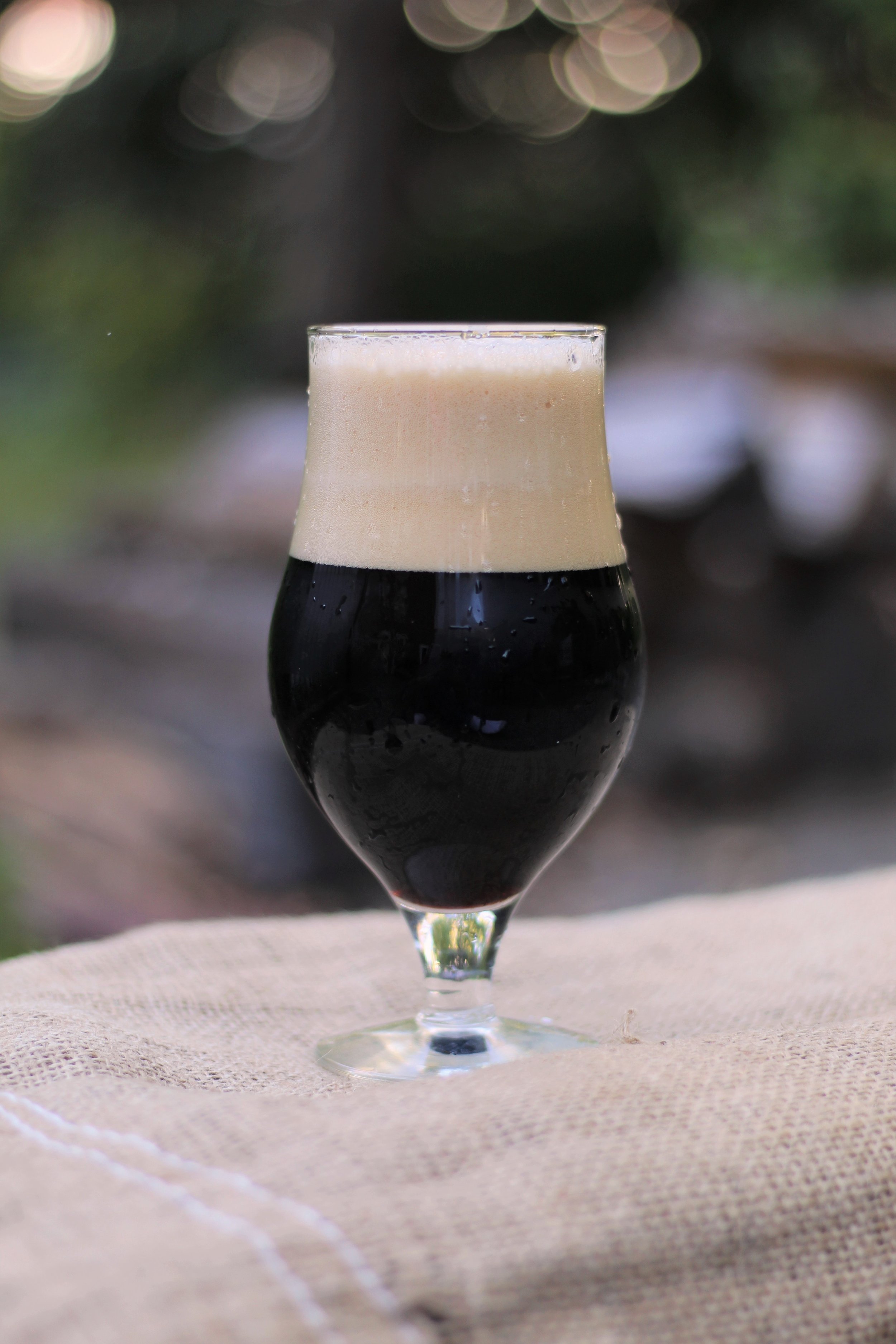What’s the Difference Between Porter & Stout?
By David Nilsen
That’s a great question! And…actually a pretty tricky one to answer for a few different reasons.
The first challenge with explaining the different between Porters and Stouts is in establishing which type of Porter and which type of Stout we’re talking about. There are several distinct Porter styles and over a dozen Stout styles (see below), each with their own characteristics. When people have asked me this question at beer tastings over the years, they’ve usually been referring to American Porter and American Stout, two styles that were very prominent in the first few decades of American craft beer, but have diminished in popularity in recent years.
So let’s look at American Porter and American Stout. Narrowing it down to these two styles should make answering this questions easier, right?
Well, kind of. The trouble here is that every brewer interprets these styles a little differently, and there are cases where one brewer’s American Stout might be another brewer’s American Porter, and vice versa. That said, here are a couple distinctions that are often true:
American Porter usually leans more toward chocolatey roast flavors, whereas American Stout usually leans toward a more aggressive, coffee-like roast. This is generally because of the use of roasted barley in Stout in addition to the standard roasted malts used in American Porter. Both in character and intensity, Stouts feature more aggressive roast.
American Stout usually has higher hop bitterness and hop flavor than American Porter.
Those distinctions are true most of the time, but there are definitely exceptions. Interestingly (and unfortunately), both of these specifics styles are losing popularity and are getting harder to find. Fortunately, there are many Porter and Stouts styles out there, and they’re all unique. Here’s a guide to world’s Porter and Stout styles!
Porters & Stouts of the World
Porters
English Porter - A relatively low-alcohol (4.0-5.4% ABV) style focused on malt character, often having flavors of chocolate and caramel and sometimes subtle dried fruit. Great example: Samuel Smith Taddy Porter.
American/Robust Porter - A moderate strength (4.8-6.5%) version of the English original, usually featuring stronger roast flavors and a higher presence of American hop character. Great example: Great Lakes Edmund Fitzgerald.
Baltic Porter - A style that evolved in cold-weather countries on the Baltic Sea from imported English Porters. Moderate to high in alcohol (6.5-9.5%), it features restrained roast and complex malt and dark fruit flavors. Curiously, this is the only Porter or Stout style that is usually brewed with lager yeast rather than ale yeast. Great example: Komes Baltic Porter.
Imperial or Flavored Porter - A modern craft beer creation that increases the strength and character of American Porter and often adds ingredients such as coffee, cacao, or vanilla. Great example: Epic Imperial Pumpkin Porter.
Classic Stouts
Dry Irish Stout - A lower strength (3.8-5.0%) Stout with a pronounced roasty character reminiscent of black coffee. Light bodied with a dry finish. Often nitrogenerated when served on tap. Great example: Guinness Draught.
Irish Extra Stout - Similar in character to an Irish Dry Stout, but with a higher alcohol content (5.0-6.5%), fuller body, and more malt complexity. Great example: Guinness Extra Stout.
Milk/Sweet Stout - A low to medium strength (4.0-6.0%) British style with a subtle sweetness from unfermented sugars. Often features lactose (milk sugar), hence the style name. Great example: Left Hand Milk Stout.
Oatmeal Stout - A low to medium strength (4.2-5.9%) British style made with a small percentage of oats, which provide a creamy mouthfeel and moderately full body. Familiar roasty flavors of chocolate and coffee with moderate intensity. Great example: New Holland The Poet.
Tropical Stout - A moderately strong (5.5-8.0%) stout that developed in British colonies in tropical climates. Over time, these started being made with native fruits and grains, and are often mildly sweet & quite complex. Great example: Dragon Stout.
Foreign Export Stout - Similar to Tropical Stouts but with a drier and more bitter finish, these moderately strong stouts (6.3-8.0%) feature pronounced roasty flavors. Great example: Guinness Foreign Extra Stout.
American Stout - A moderate strength (5.0-7.0%) style with pronounced roasty characteristics and a relatively strong hop profile compared to European stout styles. Great example: Deschutes Obsidian Stout.
Imperial Stout - Generally the strongest stout style (8.0-12.0%), these beers feature both bold roastiness and bold hop bitterness and character. Great example: Great Lakes Blackout Stout.
Belgian Stout - A style of varying strength featuring a Stout-like malt and roast profile with Belgian yeast character or mixed-fermentation character. Sometimes sour. Great example: Allagash Night Sky.
Modern Stouts
White Stout - A pale style made by omitting dark malts and instead substituting coffee, cacao nibs, and/or other ingredients to emulate some of the common flavors in porters and stouts. Great example: Rhinegeist Penguin.
Barrel-Aged Stout - Generally done with Imperial Stouts, in this process the beer is aged in a barrel that was formerly used for spirits (most commonly bourbon), imparting characteristics of that spirit to the finished beer. Often rare and esteemed. Great example: Great Divide Barrel-Aged Yeti.
Pastry Stout - These Stouts (often Imperial) use ingredients like coffee, cacao, vanilla, lactose, and others to emulate dessert-like flavors. The sky is the limit here. Great example: Hi-Wire 10W-40.
In addition to all these styles, there are also hybrids and one-offs that break the rules. You can see why it’s so hard to answer our initial question! There is no one different between Porter and Stout, because there is no one thing that is Porter or Stout. There is endless variety.
Yes, it’s confusing, and it’s okay to be frustrated by that if you’re trying to understand beer. Variety is part of what makes craft beer so much fun, and why trained beer educators exist. Get in touch and we can work on a virtual event for you and your friends to taste and better understand Porters and Stouts!


